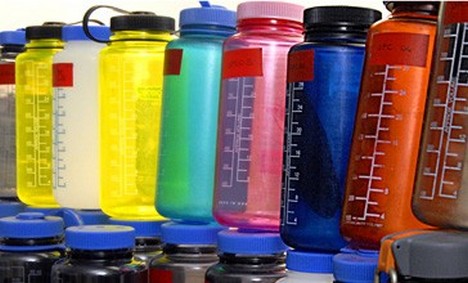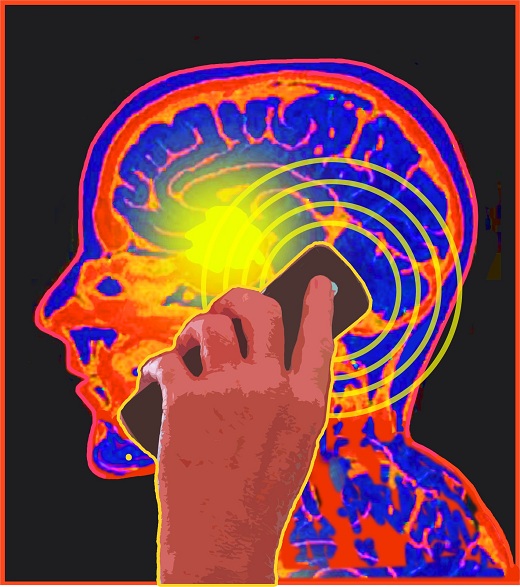Coffee Drinking Associated with Decreased Risk of Skin Cancer?
Posted on
Miley Cyrus out for some coffee
Scientists reported Monday that drinking coffee was associated with decreased risk of a common and slow-growing form of skin cancer called basal cell carcinoma. It appears that caffeine may play a role, they said.
The team, based at Brigham and Women’s Hospital and Harvard Medical School in Boston, presented their study at the American Assn. for Cancer Research International Conference on Frontiers in Cancer Prevention Research.
Examining data from the Nurses’ Health Study, which followed 72,921 people between 1984 and 2008, and the Health Professionals Follow-Up Study, which followed 39,976 people between 1986 and 2008, they found 25,480 skin cancer cases. Basal cell carcinomas represented 22,786 of the cases, squamous cell carcinomas 1,953 and melanomas 741.
Women who drank more than three cups of coffee had a 20% reduction in risk for basal cell carcinoma. Men who drank that much coffee had a 9% reduction in risk of the slow-growing cancer. People who drank the most coffee had the lowest risk. The team did not identify reduced risk for squamous cell carcinoma.
Co-author Fengju Song, a postdoctoral fellow in dermatology, said that the discovery could help prevent cancers in the future.
“Daily dietary factors with even small protective effects may have great public health impact,” Song said in a statement. “Our study indicates that coffee consumption may be an important option to help prevent basal cell carcinoma.”
Great news since I love my coffee and had a squamous cell carcinoma surgically removed from behind my left ear a few years ago.
Now, if I can drink coffee and prevent cancer.
Really a WIN – WIN here.



